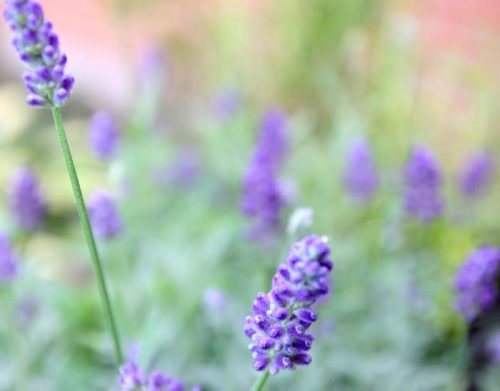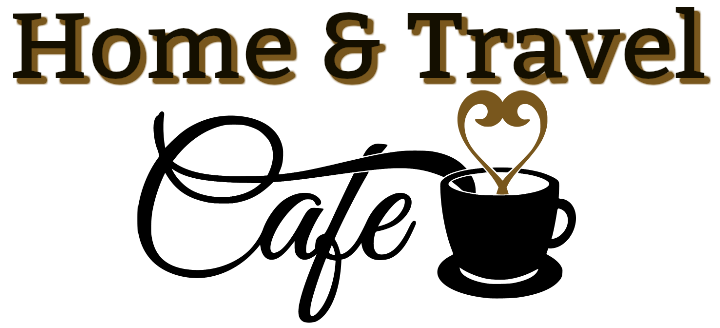What should you grow in your garden if you have a histamine intolerance? A low histamine garden is a great way to eat as fresh as possible, which is what you want to do if you have a histamine intolerance and/or mast cell activation syndrome. I recently found out I have a pretty severe histamine intolerance, and have had for years. Sticking to a low histamine diet has helped me so much! But It can be expensive. You can bet that this spring and summer my garden will be filled with low histamine, DAO enzyme boosting and quercetin rich foods! Here are some of the things I’m planning to grow. This is not an all inclusive list, but some of my favorites and mostly easy to grow herbs, and vegetables for your garden. None of this is medical advice, just what I plan to eat and grow. Every single one of us is different and we all react to foods and herbs differently. What works for me may not work for you, so test things on your own to see what works for you.

Low Histamine Herbs For The Garden
Fresh leafy green herbs are great for a low histamine diet. There are more, but here are a few of the top ones you should consider in your garden.
- Sage– It’s rich in quercetin, so it helps block the release of histamines.
- Rosemary– Helps balance flavors, and can help enhance digestion.
- Lavender– Great for tea, or just to have to make your own natural body products.
- Thyme – Rich in vitamin C and has some anti-microbial properties.
- Peppermint- One of my favorite herbs for tea! I gave up coffee when I started watching my histamines, because caffeine can block DAO. Peppermint tea with a dash of local honey is my new favorite! You might grow it in a large pot if you’re worried about it being invasive.
- Cilantro– If you’re a fan, cilantro is great on salads and I’ve heard it can help you detox.
- Oregano– Great for your immune system, possibly to help you heal, and to add flavor to your favorite recipes.
- Basil– Is a great anti-inflammatory herb, especially Holy Basil which is an anti-histamine. Basil is great for adding flavor to fresh salad dressings and summer salads.
- Parsley– Also supposed to be great to help calm inflammation, a great addition to summer salads.
- Lemongrass– I grow this in a pot so I can bring it in for the winter since it’s a tender perennial and I live in Ohio. It’s great for tea! Lemongrass root stock on Amazon.

Low Histamine Greens To Grow In Your Garden
Most greens are great to grow in your low histamine garden. NOT spinach, it’s on the no go list for those who have issues with histamines. These are all a great addition to your spring and summer salads, or when you can grow them in your area.
- Kale– High in quercetin when it’s raw, which helps lower histamine. This is one of my favorite garden greens to grow, especially in the early spring and fall.
- Lettuces: Romaine Lettuce, Leaf (especially red leaf), bibb, butter, etc- There is nothing better than a big old salad
- Bok Choy– Great for a low histamine stir fry!
- Collard Greens– DAO enzyme boosting
- Chard– Also DAO enzyme boosting
- Beet Greens– Another DAO enzyme booster, great addition to salads.
- Arugula– Low in histamine and can add flavor variety and a spicy kick to salad.
Other Low Histamine Vegetables
Beyond the leafy greens above, there are quite a few vegetables that are great to include in your low histamine garden. Here are some of my favorites!
- Snap Peas– Rich in quercetin, and a great addition to salad.
- Cruciferous Vegetables like Broccoli, Cabbage, and Brussel Sprouts, Cauliflower- These all contain some great anti-inflammatory properties, and Broccoli and cabbage are rich in quercetin. I like to stir fry these or to add them to my sheet pan vegetables.
- Red Beets– Add these to some other root vegetables to make a great roasted root vegetables sheet pan recipe. 7 Health Benefits of Beets
- Onions– Beneficial for adding flavor to your recipes! They’re also thought to help lower histamine levels, especially red onions since they have quercetin.
- Mild Peppers– Another quercetin rich food. Stay away from the hotter varieties, since these can cause inflammation if you have histamine issues.
- Carrots– Great for salads, or another great addition to my favorite roasted root vegetables recipe. Also great for snacking or juicing.
- Cucumber– Great for those summer salads, or sliced for a fresh snack, or juicing.
- Sweet Potatoes/ Yams– Another great addition to the roasted root vegetable recipe I linked to above. I also love to spiral these and make baked sweet potato fries. I also like to make sweet potato puree.
- Turnips– A delicious crunchy snack!
- Squash– From summer squash like zucchini and yellow squash, to winter squash, including acorn, butternut, spaghetti, and even pumpkins, squash is loaded with vitamins, and overall great for a low histamine lifestyle. Test these though, some people have issues with the winter squash types.
This definitely isn’t an all inclusive list, it’s just some of my favorites! What would you include in your low histamine garden plan?


 Follow
Follow
What a wonderful article – thank you! I have MCAS and need to be on a low-histamine diet in order to stay on 2 feet. Last year I started gardening again, how much I grow depends on if I can preserve the food in a way I can still eat it! Happy gardening!